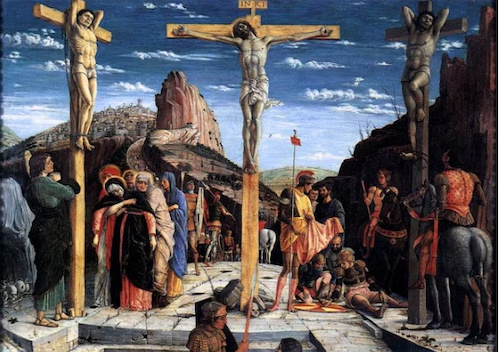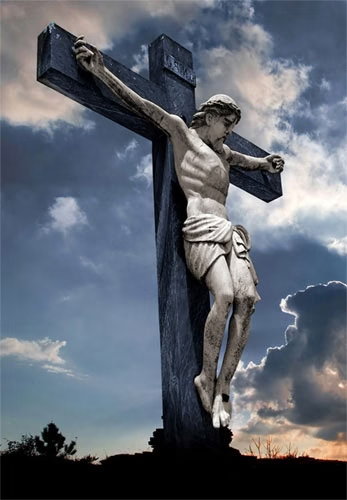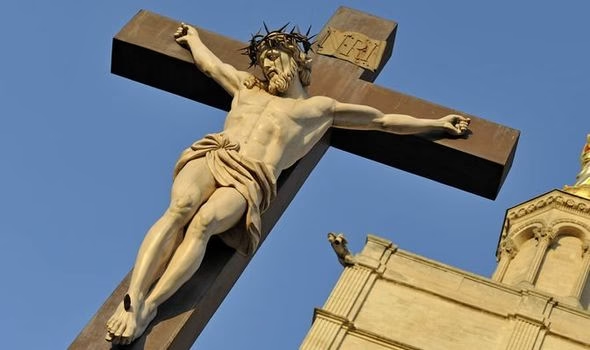Observance: Good Friday is observed by Christians around the world, with various traditions and customs.
Date: The date of Good Friday varies each year, depending on the lunar calendar and the timing of Easter.
Importance: Good Friday commemorates the crucifixion and death of Jesus Christ, a pivotal event in Christian theology.

Traditions: Some common traditions include:
- Fasting or abstaining from certain activities
- Attending church services or special events
- Reflecting on Jesus’ sacrifice and teachings
- Engaging in acts of charity or service
Church Services: Many churches hold special services on Good Friday, featuring:
- Readings from the Bible
- Prayers and hymns
- Sermons and reflections
- Music and liturgy
Cultural Practices: Some cultures have unique practices on Good Friday, such as:
- Processions or reenactments of the crucifixion
- Traditional foods or meals
- Family gatherings or quiet reflection

Symbolism: The cross is a central symbol of Good Friday, representing Jesus’ sacrifice and redemption.
According to the biblical accounts, Jesus Christ was crucified on Good Friday, and here’s what happened:
- The Crucifixion: Jesus was nailed to the cross sometime between 9:00 AM and 12:00 PM, after being arrested, tried, and sentenced by Pontius Pilate. He was crucified alongside two rebels, one on his right and one on his left.
- The Agony: Jesus endured the agony of the cross for approximately six hours, during which he was mocked by passersby, chief priests, and teachers of the law. Darkness fell over the land from noon to 3:00 PM, symbolizing the weight of the world’s sin being placed upon him.
- The Death: Jesus died shortly after 3:00 PM, crying out to God and committing his spirit to him. The exact cause of his death is believed to be a combination of asphyxiation, heart failure, and hypovolemic shock due to blood loss.
- Confirmation of Death: A Roman soldier pierced Jesus’ side with a spear to confirm his death, resulting in a sudden flow of blood and water.
- Key Events: Some notable events surrounding Jesus’ death include:
- Darkness: A three-hour darkness from noon to 3:00 PM
- Temple Curtain Torn: The curtain in the temple was torn from top to bottom
- Earthquake: An earthquake occurred, and tombs were opened, with bodies of saints rising from the dead
Jesus willingly gave his life as a sacrifice for humanity’s sins, fulfilling God’s plan for salvation.



